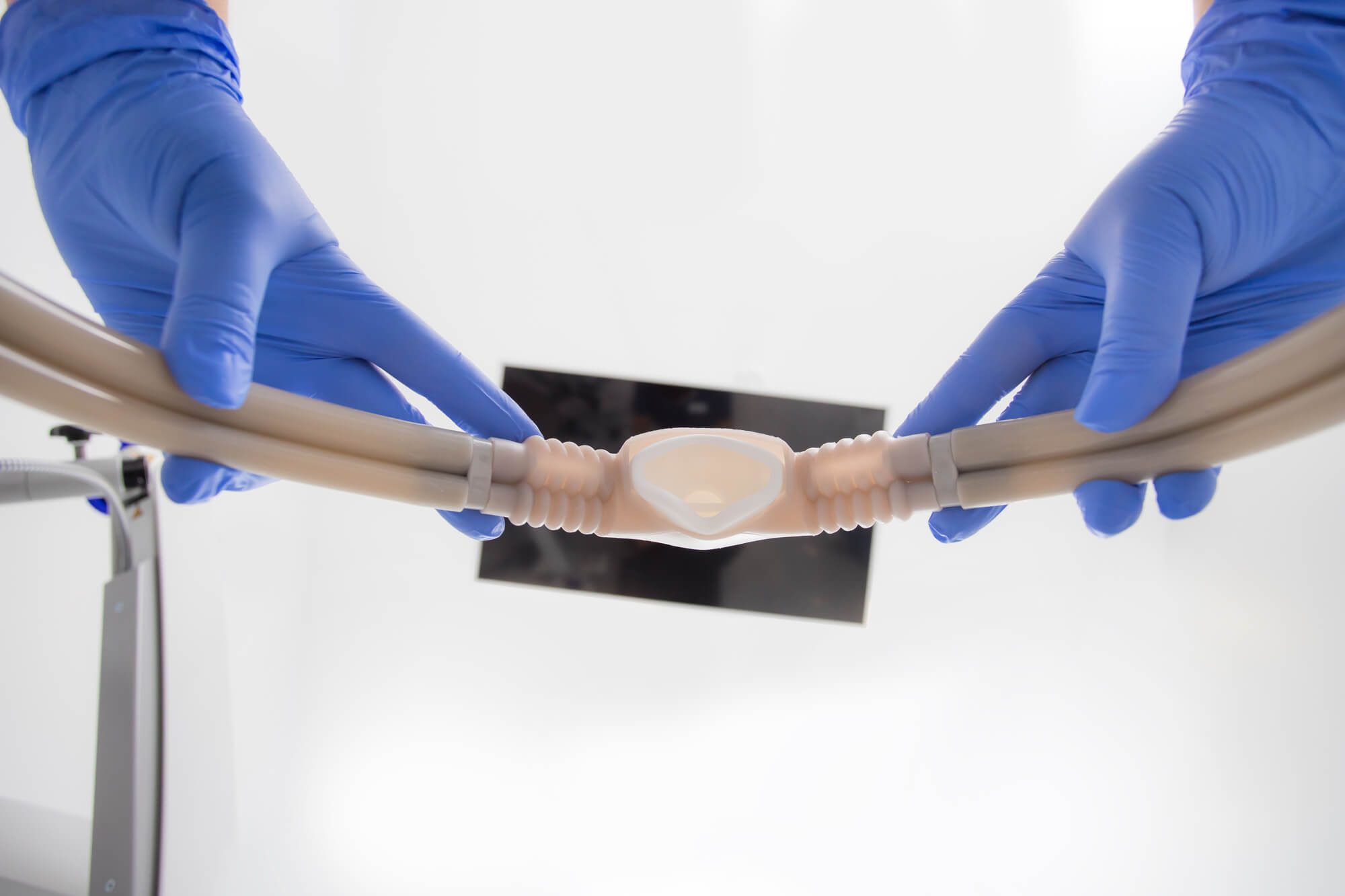Dentists use the best sedation dentistry in Palm Beach Gardens to calm anxious and fearful patients during dental treatments. Depending on the complexity of the treatment and your level of fear and anxiety, your dentist may go over the different types of sedation with you. You can choose which option could be ideal for you by learning more about the possibilities.
.jpg)
Types of Sedation and Its Effects
General Anesthesia
This type of dental sedation keeps you unconscious throughout the treatment. Your dentist will provide several medications either intravenously, orally, or both ways. Although it is not used as frequently as the other types, there are several situations in which it is the only option:
- Children who require extensive dental treatment
- Those who are completely unable to comply during a dental operation
- Surgical reconstruction or another sort of difficult dental surgery
- Complicated wisdom tooth removal
- Adults with learning disabilities who are having dental work done
Medications will be given to you once you are sleeping to keep you unconscious. Usually, an anesthesiologist works with your dentist to keep you relaxed and to sleep while they execute the dental operation.
Propofol and fentanyl are the most common drugs used in general anesthesia frequently. Propofol aids in putting you to sleep and fentanyl is a potent painkiller. Due to their complementary sleep- and pain-relieving properties, they are typically used together.
IV Sedation
This type of anesthetic comes in a few different forms. The first kind is twilight sedation. When given this type, you’ll feel sleepy but awake. However, you won’t be fully conscious of your surroundings. Most of the time, you begin to experience the effects of the medications shortly after taking them.
With the twilight type, sedatives are injected directly into a vein. The most widely used IV sedatives are midazolam and diazepam. You may not remember much about the procedure you just had after the medication has been given, but you can still answer your dentist’s questions after it has been given. This aids in reducing your anxiety so that the dentist can complete the procedure, you can feel at peace, and you won’t feel uncomfortable.
Nitrous Oxide
Commonly known as laughing gas, this type of sedation allows you to breathe normally while the gas is administered by the dentist, who will place a device over your nose. Once your dentist has administered the gas, you will be awake yet calm, which enables you to have less anxiety during simple dental treatments like filling and drilling a cavity. This sedative technique may occasionally be utilized for patients who experience anxiety during cleaning and examination.
Some folks begin to feel comfortable in just a few seconds. However, the effects quickly disappear once you stop breathing it in. As a result, you can usually drive after receiving this kind of anesthesia.
Oral Sedation
With this type, your dentist will give you a tablet or pill before the procedure begins. Since benzodiazepines have a quick onset and short-lived effects, your dentist will frequently deliver one. This gives you enough time to become more at ease when your dentist performs a quick operation, such as a cavity filling or a root canal.
.jpg)
Looking for the Best Sedation Dentistry in Palm Beach Gardens?
Before your scheduled procedure, ask the best dentist in Palm Beach Gardens about their dental sedation alternatives. This helps to reduce some of the worries you may feel the day before your surgery by giving you additional information about what to anticipate. Call us for more information!
